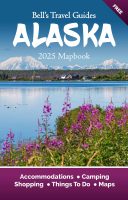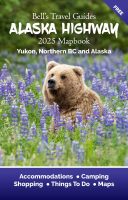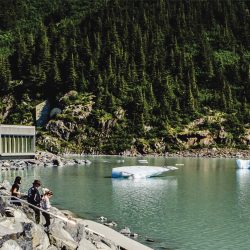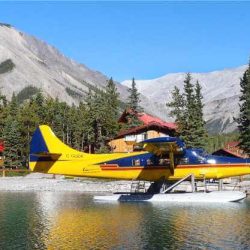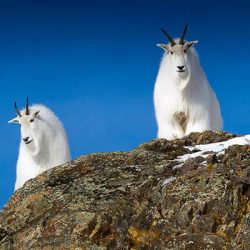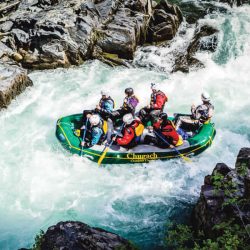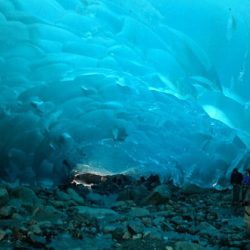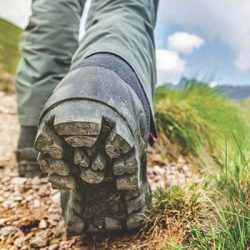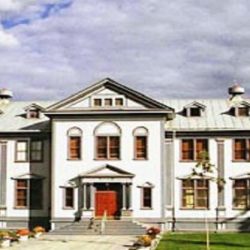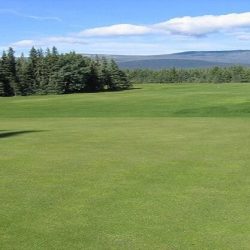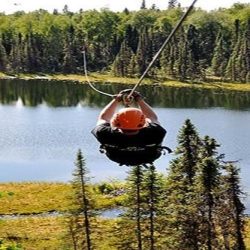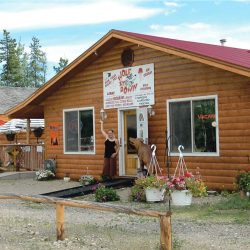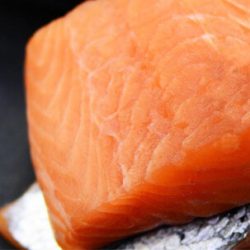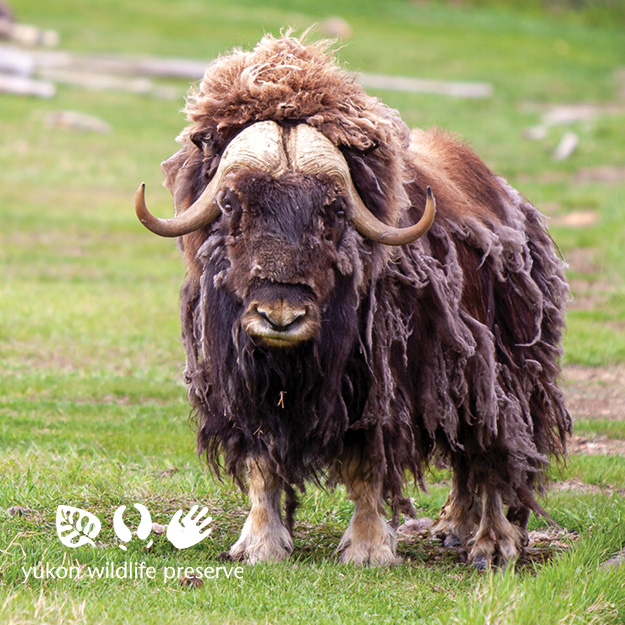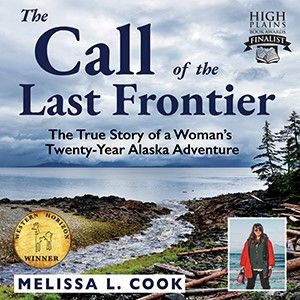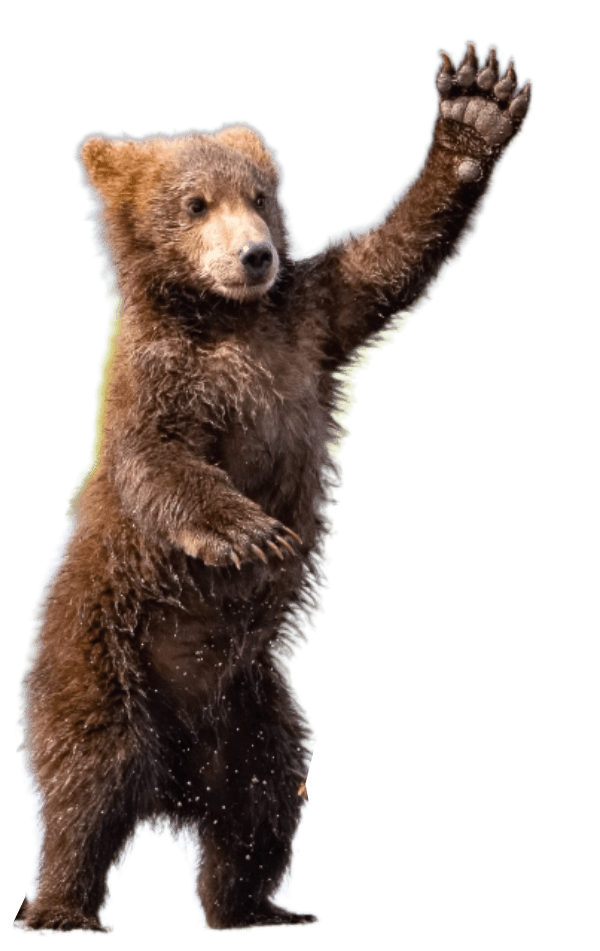The city of Kodiak on the eastern coast of Kodiak Island in the Gulf of Alaska is only a 60 minute jet flight from Anchorage. This community is Alaska’s sixth largest and is situated on the second largest island under the American flag. Over 15,575 residents live on the island of Kodiak, including the outer villages and the U.S. Coast Guard Base.
Kodiak Island is perhaps best known for its giant brown bears, the largest land carnivores on earth. They can weigh over 1200 pounds and, when standing erect, can measure over 11 feet tall. It is estimated that nearly 3,000 of these magnificent animals live on the remote reaches of the island.
Cool summer ocean breezes and mild winter winds give Kodiak a moderate climate. However, because of its proximity to the ever changing influence of the cold Arctic waters and the effects of the warm Japanese current, the weather is often rainy, foggy, and certainly ever changing.
When the sun shines on Kodiak, and it does quite often, you’ll be treated to some of the most spectacular coastal and mountain scenery you’ll find anywhere. Summer temperatures range between 40 and 70 degrees. In winter, the temperatures are a bearable 30 degrees average. Most of Kodiak’s precipitation is in the form of rain, about 60 inches annually. It’s this moist, yet sunny environment which gives Kodiak its lushness of grasses and brilliant varieties of wildflowers. It also provides Kodiak with clear-running streams which attract the multitudes of spawning salmon each season.
The Kodiak Island archipelago comprises some 200 islands. The largest island in the chain is Kodiak and is followed by Afognak, Sitkalidak, Raspberry and Shuyak Island. A wilderness state park offering cabins and kayaking opportunities has been established on Afognak Island.
Besides Kodiak, the other communities of Kodiak Island are Old Harbor, Akhiok, Karluk, Larsen Bay, Port Lions, Ouzinkie, and Chiniak.
